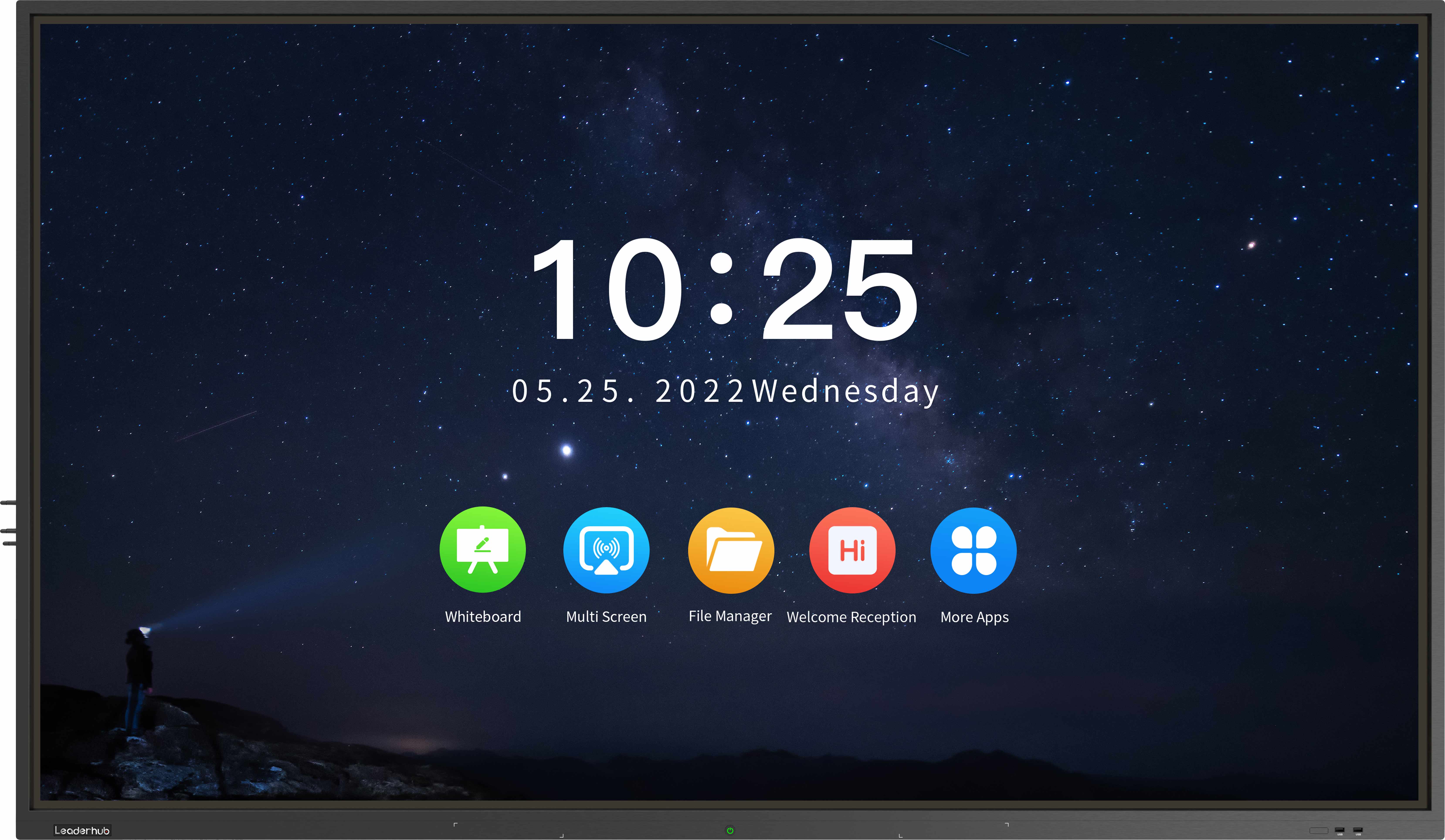Unveiling the Secrets of Interactive Learning Technology

How Smart Boards Work:
1. The Basics of Smart Board Technology
Smart Boards, also known as interactive whiteboards, revolutionize the way we teach and learn in educational institutions and corporate settings. At their core, Smart Boards combine the functions of a traditional whiteboard with the interactivity of a computer. These high-tech devices feature a large, touch-sensitive display screen that allows users to write or draw on the board using a specialized pen, their finger, or other input devices.
Underneath the sleek surface of a Smart Board lies a series of sensors, often utilizing infrared technology, that track the position of the user's touch or pen input. These sensors are responsible for converting physical actions into digital information, which is then transmitted to a connected computer.
2. Collaborative Learning and Interactive Features
One of the most remarkable aspects of Smart Boards is their ability to facilitate collaborative learning. With the help of specialized software, multiple users can interact with the board simultaneously, making it an ideal tool for group discussions, brainstorming sessions, and team projects. This fosters active engagement and encourages participation from all individuals involved.
Smart Boards offer a wide range of interactive features, such as the ability to annotate documents, access the internet, manipulate objects, and play multimedia content. These features empower educators to deliver dynamic and engaging lessons, catering to diverse learning styles and capturing students' attention and imagination.
3. Integration with Technology and Beyond
Beyond their interactive capabilities, Smart Boards are designed to seamlessly integrate with other devices and software commonly used in classrooms and offices. These boards can be connected to a computer, tablet, or other mobile devices, allowing users to display and control content from these devices directly on the board. The integration with various software applications, learning management systems, and online resources enhances versatility and expands functionality.
Moreover, Smart Boards can be paired with additional peripherals, such as document cameras and student response systems, further amplifying their capabilities. Document cameras enable teachers to display physical objects, documents, or experiments directly onto the board, facilitating visual learning. Student response systems, on the other hand, enable instantaneous feedback and encourage active participation through polls, quizzes, and interactive activities.
In summary, Smart Boards combine touch-sensitive technology, powerful software, and seamless integration to provide an interactive and dynamic learning environment. These innovative tools empower educators and learners alike, fostering collaboration, engaging instruction, and limitless creativity.

